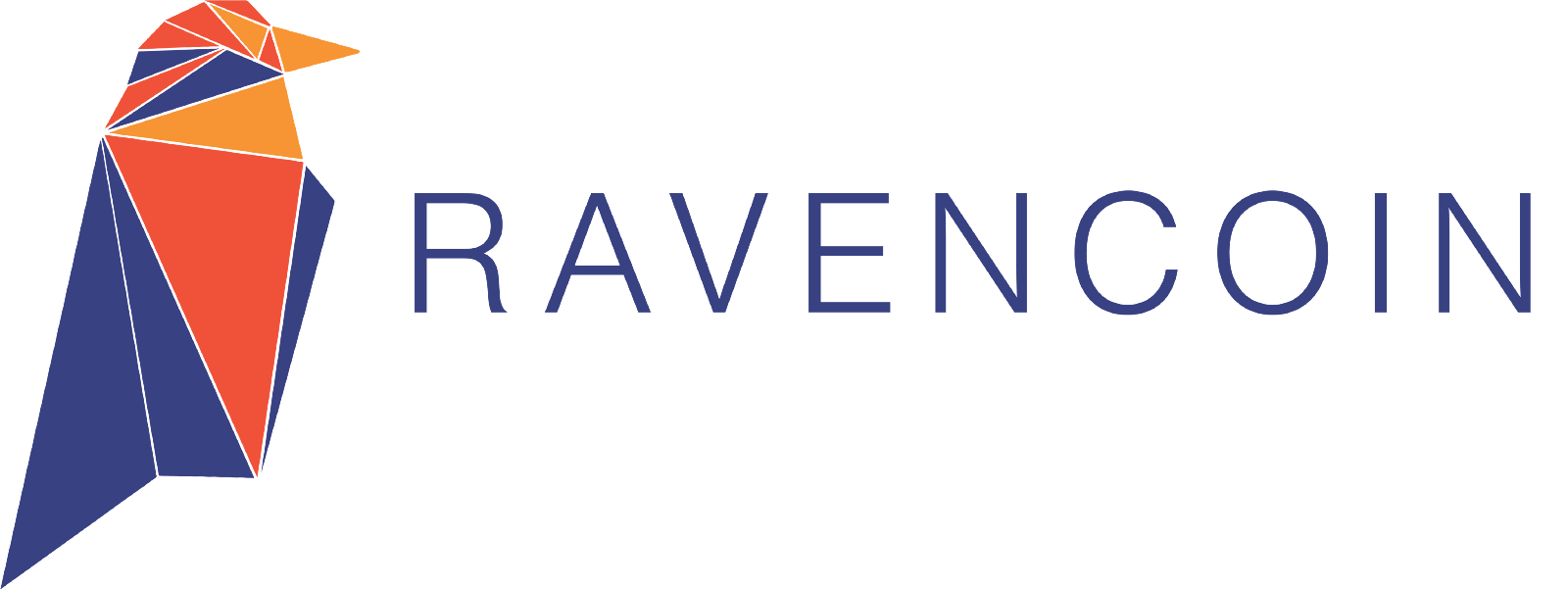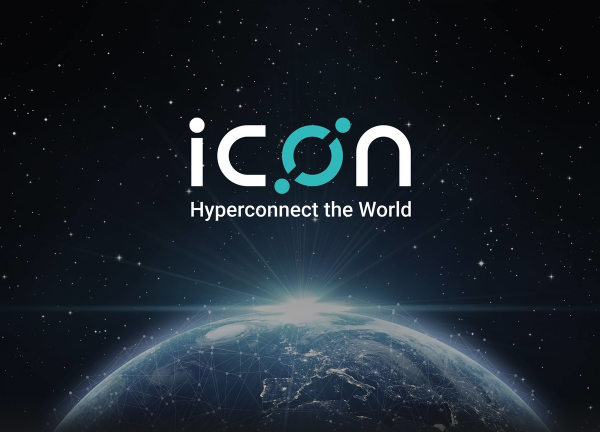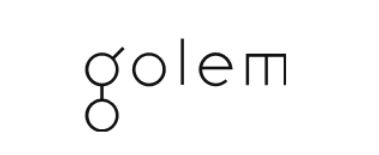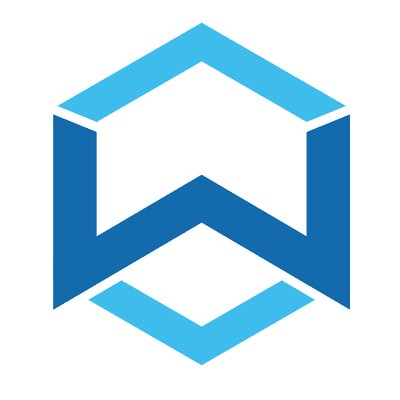In April, we tackled sub-$50 million market cap projects and coins with promise. This time, we’re taking on projects with no particular market cap, but an exciting and competitive 2018 ahead.
And, with a correction in the market – up nearly $2 billion in the month of April – maybe it’s time to start recognizing that cryptocurrency isn’t a bubble and extreme variance is a necessary evil as we iron out the kinks in favor of organic and healthy growth.
Although it should be no surprise to hear this by now, it’s important to keep in mind that when investing in cryptocurrencies, always do your own research. Take this article as an introduction to projects you haven’t heard of (or perhaps you have, and this is a refresher!) and their core functions.
So here they are, not ranked in any particular order – our top 5 cryptocurrency projects you should be watching this May 2018.
1. Ravencoin ($RVN) – $32 Million

Ravencoin Project Breakdown
Drawing inspiration from the messenger ravens integral to communication between castles and settlements in the fictional Westeros in Game of Thrones, Ravencoin is a blockchain and platform built on the UTXO [19] model of Bitcoin and optimized for P2P asset transfers, prioritizing user control, privacy, security, censorship resistance.
Free and open-source, Ravencoin enables users to:
- Issue assets on a decentralized and secure blockchain
- Communicate between one another via a secure messaging channel
- Cast lodging votes regarding important protocol decisions
- Receive dividends
Having already drawn comparisons to Bitcoin in its infancy, Ravencoin is looking to go that extra step – by filling the gaps and inefficiencies of Bitcoin’s latent and costly network – and boasts 1-minute block reward times, ASIC-resistance, public and transparent mining, and energy conservation.
Why We Like Ravencoin
Ravencoin should be more accurately labeled as “Phoenixcoin” (but it looks like that is already taken), due to its rise out of the ashes of over 400 former Bitcoin developers – with over 14,000 commits to the Bitcoin project to date. Ravencoin’s white paper emphasizes organic growth, hence the absence of the following features:
- ICO: Lowering the possibility of bandwagon or fickle investors entering for a quick profit.
- Pre-mining: All Ravencoin are fairly issued and mined transparently and publicly, preventing an inequitable balance of power.
- Paid marketing: Eliminating bounty and other incentivized programs, steering clear of unnecessary and unwanted attention.
- CEO: Keeping power in the hands of developers.
Not to mention, Overstock’s CEO, Patrick Byrne, is a huge proponent of Ravencoin (and cryptocurrency altogether), having reportedly invested millions into the project. He states:
We think this coin actually has quite a future… It’s about – it’s bitcoin, but a thousand times more energy efficient, and there are other real interesting virtues to it.
And to top it all off, Ravencoin isn’t even 4 months old.
To read up further on Ravencoin and what they have in store of May 2018 – and 2018 overall – check out their website, white paper, roadmap, and social media channels (Twitter, Discord, Telegram, and Reddit).
2. ICON ($ICX) – $1.8 Billion
 ICON Project Breakdown
ICON Project Breakdown
Misnomered by some as “Korea’s Ethereum,” ICON strives to do so much more. ICON is in the midst of positioning itself to connect the real world to crypto – all through one of the largest decentralized networks and hyperledgers in the world. Most notably, ICON supports:
- Decentralized applications: including blockchain payment, ID, and exchange
- Interoperability: allowing blockchains with different governances and industries to interact (think financial, healthcare, educational, and commercial)
- Decentralized exchange (DEX): enabling real-time transactions between cryptocurrencies and ICON communities
- Cryptocurrency wallet: ICONex, boasting secure and fast transactions and storage of various cryptocurrencies.
Separating itself from the likes of Ethereum which is plagued by scalability issues (Ethereum can process a paltry 15 transactions per second), ICON is able to scale up to 9,000 tps, limiting overall bloat and bottleneck.
Additionally, ICON’s network utilizes artificial intelligence for distribution and reward policies, ensuring all nodes in the network are fairly rewarded.
Why We Like ICON
Following a successful launch of their Chain ID system in Q4 2017, and their mainnet in late January 2018, ICON has hit the ground running, having:
- Entered into a strategic partnership with Kyber Network – a step towards building a token exchange system for blockchain interoperability
- Entered the global gaming market with the goal of creating a new gaming ecosystem highlighting creator right
- Signed an MOU with a biometrics technology services company, unstructured contents management company, and lead Korean bank
- Launched their wallet, ICONex, and ICONest, a token launch platform for the creation of dapps
ICON’s not done for the year either – staying true to their slogan “hyperconnect the world,” they are doing just that, concentrating on developing partnerships in 5 core industries (securities, insurance, banking, education, and healthcare), and rolling out their decentralized exchange (DEX) for real-time transfers and governance channel in Q2 and Q3.
If you have any further questions about ICON and its 2018 ahead, you should check out their website, white paper, roadmap, Medium, and active social media channels (Reddit 1, Reddit 2, Twitter, Telegram, and Facebook).
3. Golem ($GNT) – $500 Million
Golem Project Breakdown
Billing itself as the Airbnb of computers and unused GPU/CPU space, Golem is endeavoring to establish an open-source, decentralized supercomputer and sharing economy of computing power. Specifically, Golem is creating a global market for computing power which:
- Enables P2P computational resource and machine rental
- Provides dedicated software integrations for any interested party to create and deploy software on the Golem network
- Combines flexible tools to aid developers in monetizing and distributing software
Golem’s network and ecosystem consists of 3 primary actors: suppliers of computing resources (“providers”), task creators (“requesters”), and software developers, all of whom are contributing and advancing compute intensive tasks, such as DNA analysis, scientific calculations, CGI rendering, and machine learning.
In years to come, Golem aims to build the “Web 3.0,” envisioning a future where the Internet is a truly decentralized network, authorizing users to directly and securely exchange content – absent corporations and other middlemen – with bulk-rent machines performing operations across the self-organizing network.
Why We Like Golem
In early April 2018, Golem rolled out their mainnet, Golem Brass Beta, which connected Golem to the Ethereum mainnet and enabled users to earn and spend real GNT for computations. In celebration and promotion of the release, Golem is following up their Asia tour with a North American tour, kicking it off alongside Status & Maker at the University of Toronto on May 2, and EDCON May 3–5.
The Golem Brass Beta is just one step forward in a long line of upcoming project overhauls and improvements, with the following developments on the horizon:
- Clay Golem: The introduction of the Task API and Application Registry – crucial for making Golem a multi-purpose, generalized distribution system.
- Stone Golem: The addition of enhanced security and stability, along with “Transaction Framework” enabling an environment for Golem to be used as an SaaS model.
- Iron Golem: A deeply tested Golem, providing more freedom for developers by allowing them to create applications that use an internet connection or “run outside the sandbox.” This will likely be close to Golem’s final form.
And, on April 27, 2018, Golem was listed on Binance, pushing it one step closer towards widespread purchase and circulation.
If you’d like to read up on Golem and their 2018 roadmap, you can check out their website, Medium, and social media channels (Twitter, Reddit, Facebook, Telegram). It’s worth noting that Golem frequently engages with their online community and have conducted numerous AMAs on Reddit. Here’s their most recent Reddit AMA.
Also, if you’re wondering about other distributed computing blockchain projects in the cryptosphere, check out our post “Distributed Computing On The Blockchain: 5 Projects to Watch Out For.”
4. Wanchain ($WAN) – $900 Million
WAN Project Breakdown
Overhauling the traditional financial and cryptocurrency markets as we know it, Wanchain is a distributed financial infrastructure implementing cross-blockchain and intra-blockchain transfers – all without the need of a trusted intermediary.
Wanchain’s privacy protective blockchain protocol and distributed ledger allows any institution or individual to set up their own virtual teller window in the “bank” to provide services such as:
- Loan origination
- Asset exchanges
- Credit payments
- Transaction settlements
Under guarantee of the “banks” based on the distributed blockchain infrastructure, Wanchain allows a larger scale of persons to participate in financial services based on digital assets.
Simply put, like the Lucy skeleton, Wanchain is the missing link between independent financial institutions and is venturing to build a distributed super-financial market based on the blockchain.
Why We Like Wanchain
As one of the most anticipated ICOs of 2017, there was little doubt as to why – Wanchain’s CEO, Jack Lu, is also co-founder of Factom, an immutable record-keeping and data storage protocol based on the blockchain with a working product as well as notable relationships and partnerships (including with the US Homeland Security and Gates Foundation).
Besides launching their mainnet in January, Wanchain has since:
- Partnered with Kyber Network to further the implementation of blockchain interoperability
- Rolled out an ICO incubator – WanLab – and announced its first 6 ICO projects
- Launched their Wan Wallet
- Attended and presented at an array of conferences around the world
Q2, specifically summer of 2018, is when Wanchain is set to roll out their “Wanchain 2.0,” which is set to demonstrate the cross-chain capabilities of Wanchain with the Ethereum blockchain. The launch of Wanchain 2.0 is ultimately the beginning of dapp creation and deployment on the Wanchain blockchain.
To read up on Wanchain, check out their website, white paper, Medium, Reddit, and Telegram.
Additionally, click here to learn more about the first class of ICOs admitted to Wanchain’s blockchain incubator and accelerator.
5. Auctus ($AUC) – $18 Million
Auctus Project Breakdown
Coming hot off a successful ICO – which raised nearly US$4 million and closed early in order to speed up development of their platform – Auctus is a decentralized and fully transparent smart contract retirement planning platform, putting retirement back in the hands and control of savers. Auctus allows savers to:
- Create and manage optimized portfolios – including stocks, bonds, and cryptocurrencies
- Obtain necessary savings and retirement information
- Run holistic portfolio analytics
- Consult robo and human retirement advisors
- Save on exorbitant hidden asset management, transaction, trading, custody, and reporting fees
Not to mention, Auctus is community-driven, which means eventually anyone in the world will be able to purchase or create advice and tools without the need for costly middlemen.
In an industry plagued by highly centralized storage of personal and financial information, fraud, sub-par advice, and hidden costs, Auctus offers a refreshing and adaptable solution via their result-oriented, transparent, and low-fee smart contract structure.
Why We Like Auctus
Although the retirement industry doesn’t have the same glitz and glam to it as other blockchain use cases – such as cloud computing, AI, and RFID technology – it’s a behemoth-sized market, with the P22 pension markets (the 22 largest pension markets in the world) estimated at nearly $41.3 trillion in 2017.
In 2018, Auctus launched their alpha platform, along with a simulated investment challenge and tournament platform where users compete for prizes in AUC tokens – the aim being to have users test the alpha platform with play money and give feedback. And in the spirit of replacing centralized components of the platform with decentralized ones, Auctus has partnered with:
- Melonport – for asset management
- 0x, Ethfinex, and Amadeus – for trading
- Bluzelle – for data storage
- Maker – for stable assets
- Request Network and Ripio Credit Network – for payments and asset lending.
To get into the nitty-gritty details of Auctus and its platform, check out their website, white paper, and social media channels (Facebook, Twitter, Reddit, Telegram).
Closing Notes
Whether it’s a $1 billion+ project with partnerships galore and support from one of the largest cryptocurrency hedge funds, or an open-source and free project created by over 400 Bitcoin developers which pays homage to Game of Thrones, the above 5 projects are set to make waves not only this May, but in the years to come.
We’re interested to hear your favorite project or coin of the above 5, and any upcoming projects you think are worth keeping an eye on in the coming months. Let us know in the comments!
Related: Top 5 Cryptocurrency Projects to Watch in June 2018

